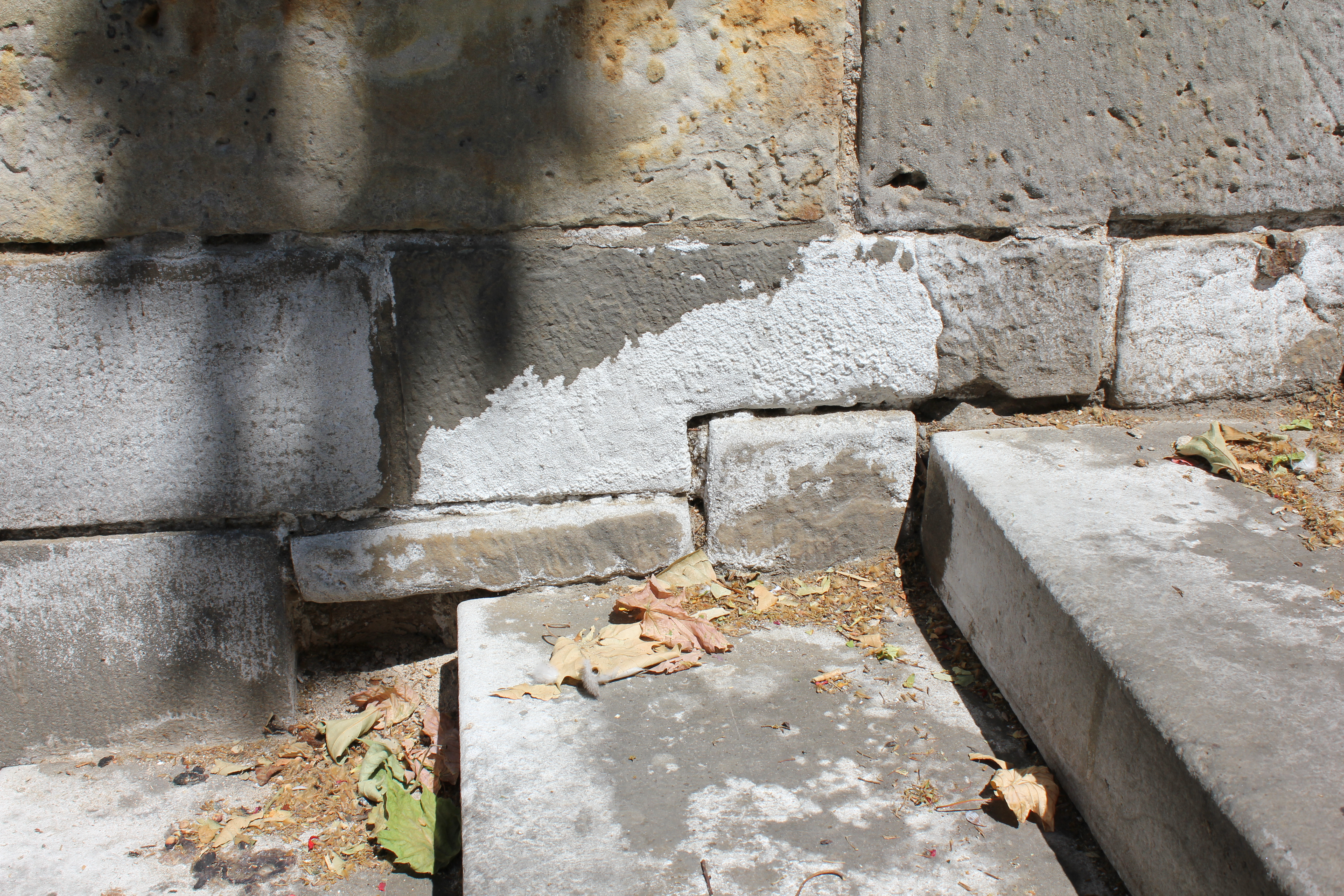Talk:Road salts - deicing salt
Author:Hans-Jürgen Schwarz
zurück zu Herkunft der Salze
De-icing salt/ road salt
Common road salt consists of over 95% sodium chloride (NaCl) [1] (in Germany-ingredients and composition may vary in different countries). Natural impurities may consist of up to a few percent of insoluble constituents (mainly clay) and other salts (e.g. gypsum. Other additives such as anti-caking agents are possible. The expression wet salt refers to NaCl-dry salt that has been humidified with CaCl2- or MgCl2- solution. Wet salt, unlike dry salt, adheres better to the road surface and has a better thawing effect.
A comparison of e.g. values detected in fresh snow and old snow samples shows that the contamination of snow quickly washes into the substrate. If salt has been applied in the proximity of a vulnerable object, the salt would penetrate the object and in the later course of thawing and rain be washed out again. Every year vast amounts of salt are applied to keep roads cleared. The amounts vary from year to year, e.g. in the years 1980-1990 between 170 000 to 800 000t were used on west German motorways/ highways and main roads. Not included is the salt used on sidewalks, in towns and public places etc. In the winter 2009/2010 these amounts must have been exceeded significantly, taking regional variations into account.
